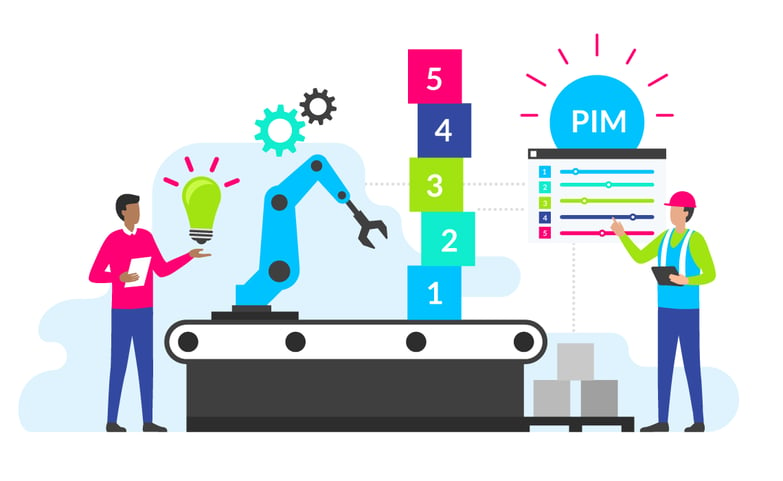The architecture, engineering and construction (AEC) industry is moving towards more cost-effective and sustainable ways of building—due to a myriad of reasons, such as climate change and the exodus of people into the cities throughout the globe.1

As more and more people live in the cities, the AEC industry is tasked to build 13,000 buildings a day from 2018 through 2050.2 (Source: Autodesk)
The future is Building Information Modeling (BIM)
Most future housing and infrastructure projects are expected to use BIM. BIM is an intelligent 3D model-based process that enables AEC professionals to collaborate, create and manage building and infrastructure projects, such as buildings,3 bridges, highways or tunnels4 in a faster, more economical and environment-friendly way.5 It also involves creating and simulating prototypes in a virtual space.
Why then, should building product manufacturers care about BIM? According to Autodesk, 75% of BIM users (AEC professionals) said that only building product manufacturers that can provide them with BIM objects will be considered for future projects.
What are BIM objects?
BIM objects are data files containing detailed product information such as:
- Geometry or physical characteristics (e.g., height, length & width)
- Visual information (e.g. rough/soft, opaque & transparent)
- Functional information (e.g. opens/closes, dips/pops & slides)
Simply put, BIM objects are a product's digital avatar or 3D representation. They are composed of two types:
- Component objects or building products that have a fixed geometrical shape (e.g., a window, sink or toilet)
- Layered objects or those with no fixed shape or size (e.g., flooring, roof, walls or ceilings)
These components are further categorized into two:
- Generic or library objects, which are used as placeholders during the initial design phase
- Specific or manufacturer objects used for actual construction7

Here’s a sample component object: Specific or manufacturer object for several doors (from ASSA ABLOY) (Source: NBS)

A sample layered object: A generic or library layer for a wall (from the NBS National BIM Library) (Source: NBS)
BIM objects must also be compatible with BIM software such as:
- Revit Architecture
- Bentley AECOsim
- Nemetscheck Vectorworks
- Graphisoft ArchiCAD
Furthermore, they need to use open exchange formats such as that of the Industry Foundation Classes (IFC), which is a global (open) standard developed by buildingSMART. Open standards are essential because they enable interoperability between a variety of software applications that multiple stakeholders might use, which is key for BIM.
Regulations around BIM objects
There is an increasing push for regulation regarding BIM objects around the world. For instance, the UK is leading BIM adoption due to the creation of the National Building Specification (NBS) standard for BIM objects. The NBS published the NBS BIM Object Standard in 2014, which defined what a high-quality BIM object should be for Level 2 BIM.8
Level 2 emphasizes collaborative work and requires "an information exchange process which is specific to that project and coordinated between various systems and project participants.”9 In it, the what, when, and how of creating, sharing, and managing information must be defined.10 The UK government mandated in 2016 that all centrally procured public sector works must be Level 2.
There is a lot of work to be done around the world and many projects will be listed between now and 2050. Building product manufacturers that want to succeed must start building their capability to produce and share BIM objects now or soon they will be left behind. But where can they start? And what exactly do they need to succeed?
Sources
- https://www.un.org/development/desa/en/news/population/2018-world-urbanization-prospects.html
- https://www.autodesk.com/design-make
- https://www.bamb2020.eu/topics/circular-built-environement/common-language/building-information-management/
- https://www.designingbuildings.co.uk/wiki/Building_information_modelling_BIM
- https://www.autodesk.com/design-make
- https://www.autodesk.com/campaigns/pdm-collection/webinar-series/bim-content
- https://manufacturers.thenbs.com/resources/knowledge/a-manufacturers-guide-to-bim-object-creation
- https://www.thenbs.com/knowledge/what-are-bim-objects
- https://bim360.autodesk.com/what-is-bim-level-2/




